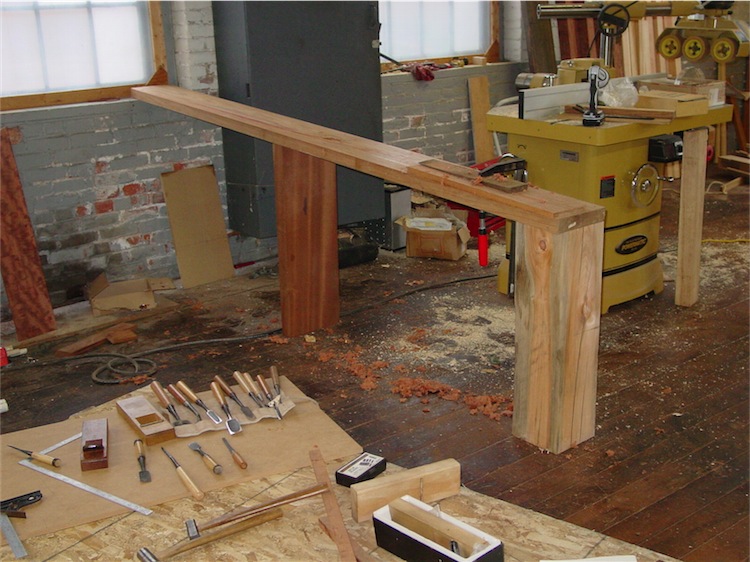Hi there.
I'm a wood carver (mostly in-the-round pieces) and the things I make require a decent amount of dimensional accuracy. This means I often need to get my blocks smooth and square all round before marking up. They don't need to be super smooth (enough to take a pencil or for me to glue on a drawing) nor exact dimensions, but they do need to be decently square - including the end grain. Typical wood is lime or walnut. Very rarely I might use some maple or beech.
If I'm lucky I'll get my wood planed for me to size, but that's not always an option. To make things even harder on myself, I don't have room for a power planer. So hand tools it is!
If I look online for this kind of thing most people seem to recommend a No 5-1/2 BU plane with a No 4 smoother... however, they are generally talking about much larger pieces of work and the blanks I have are generally fairly small. For instance, on my desk right now I have 2 x 5 x 8", 1/2 x 6 x 12", 3 x 3 x 12". I can get larger pieces, but I'll still need to cut them down and ultimately be faced with the same problem.
Size-wise a No 4 smoother would be ideal but I'm guessing from the name they aren't up for removing more than fine slithers? Meanwhile, a No 5-1/2 looks on first glance to be enormous so maybe that's not right either?
I'm stuck!
Can any of you recommend a solution to my woes?
I'm a wood carver (mostly in-the-round pieces) and the things I make require a decent amount of dimensional accuracy. This means I often need to get my blocks smooth and square all round before marking up. They don't need to be super smooth (enough to take a pencil or for me to glue on a drawing) nor exact dimensions, but they do need to be decently square - including the end grain. Typical wood is lime or walnut. Very rarely I might use some maple or beech.
If I'm lucky I'll get my wood planed for me to size, but that's not always an option. To make things even harder on myself, I don't have room for a power planer. So hand tools it is!
If I look online for this kind of thing most people seem to recommend a No 5-1/2 BU plane with a No 4 smoother... however, they are generally talking about much larger pieces of work and the blanks I have are generally fairly small. For instance, on my desk right now I have 2 x 5 x 8", 1/2 x 6 x 12", 3 x 3 x 12". I can get larger pieces, but I'll still need to cut them down and ultimately be faced with the same problem.
Size-wise a No 4 smoother would be ideal but I'm guessing from the name they aren't up for removing more than fine slithers? Meanwhile, a No 5-1/2 looks on first glance to be enormous so maybe that's not right either?
I'm stuck!
Can any of you recommend a solution to my woes?


































